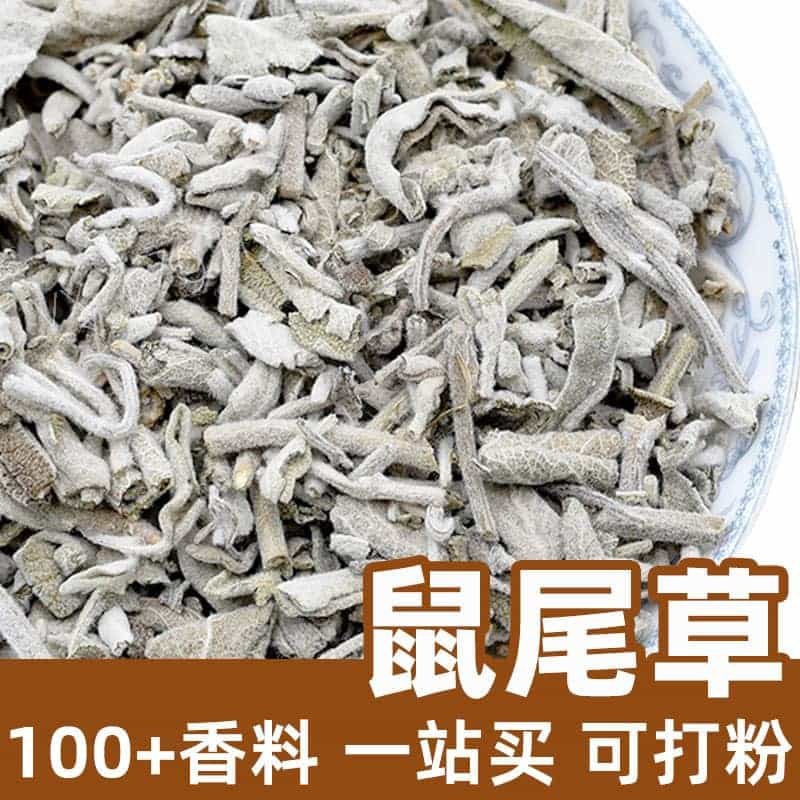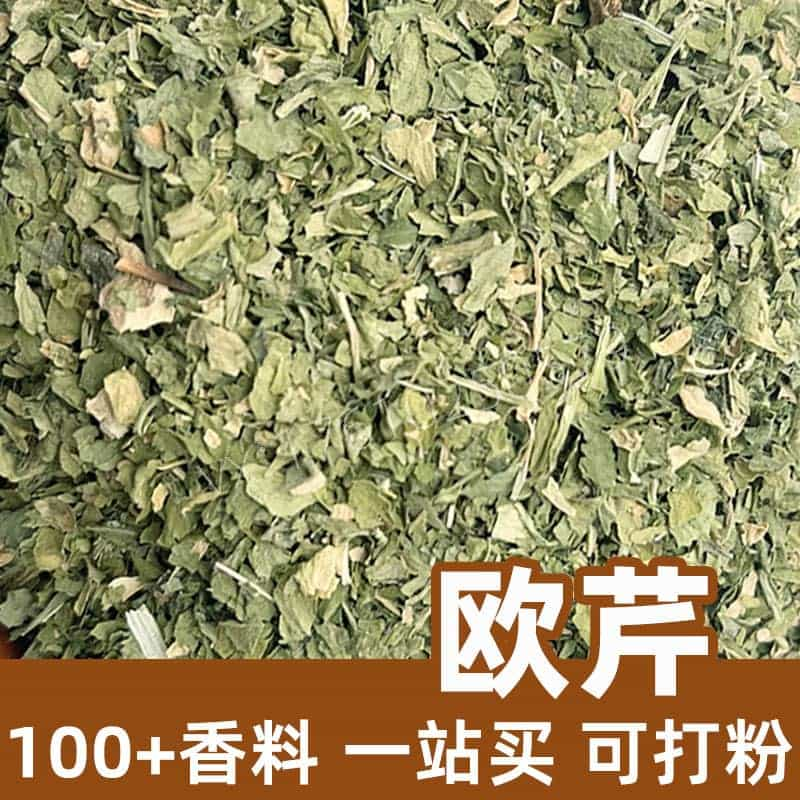Product Overview
Nutmeg, also known as Hu Jiao Hua or Malay Pepper, is a popular spice plant. Its fruit is a nut with a pale yellow or orange outer shell and a red fibrous aril surrounding the seed. The seed itself is oval or nearly spherical. Nutmeg has a unique aroma and spicy taste, making it a staple in cooking, baking, and seasoning.
Aromatic Chemical Components
The aroma of nutmeg mainly comes from its chemical components, with myristicin as the primary active compound. Myristicin gives nutmeg its characteristic aroma and spiciness.
In addition to myristicin, nutmeg contains a rich content of essential oils. These components release a fragrant scent during processing and cooking, adding a unique flavor to dishes.
Types of Nutmeg Products
Nutmeg is commonly used in its seed form. The most common forms on the market include nutmeg powder and nutmeg-based seasonings. Different forms of nutmeg meet diverse needs.
Nutmeg powder is made by grinding the seeds into a fine powder, making it easy to use for seasoning and cooking. Nutmeg seasoning is created by processing the seeds into a spice mix, often used in desserts, pastries, and sauces.
Usage Scenarios and Dosage
Nutmeg has broad applications in cooking and seasoning. Here are its main culinary uses and methods:
- Cooking Seasoning: Nutmeg can be added to a variety of dishes, enhancing them with a unique aroma and flavor. It’s often used in meat dishes, soups, pancakes, and pastries, providing a rich fragrance and spicy note. Nutmeg powder can be sprinkled directly into dishes, used in moderation according to the recipe.
- Baking: Nutmeg is commonly used in baking, such as in bread, cookies, and cakes. Its distinct aroma adds complexity and depth to baked goods.
When using nutmeg, it’s important to use it in moderation to fully bring out its unique aroma and spiciness. Adjustments can be made based on specific recipes and personal taste preferences. Nutmeg in cooking and baking adds a rich flavor and aroma to food.
Botanical Background, Distribution, and Growing Environment
The botanical name for nutmeg is *Myristica fragrans*, a member of the Myristicaceae family. It mainly grows in tropical regions like Southeast Asia, Indonesia, and Brazil.
Nutmeg thrives in humid, tropical forest environments and typically grows in low-altitude areas.
The seeds of nutmeg can be harvested and processed, and with proper treatment, are sold as nutmeg powder or nutmeg seasoning.
Harvesting, Processing, and Storage
Nutmeg seeds can be harvested when the plant is mature. After harvesting, the seeds are dehulled, dried, and ground. Processed nutmeg seeds can be used directly or stored.
To maintain the freshness and aroma of nutmeg, it is best stored in a cool, dry place, ideally in a sealed container.
In summary, nutmeg is a popular spice plant known for its distinct aroma and spiciness. Widely used in cooking and seasoning, nutmeg adds a unique flavor and depth to foods. Understanding its specifications, chemical components, and uses helps make the most of this spice, providing dishes with a rich, unique taste.
Monica Sun is a seasoned expert in the natural raw materials industry, with over a decade of experience specializing in traditional Chinese medicinal herbs, spices, and fungi. She is skilled in the sourcing, processing, and application of these materials, emphasizing sustainability and innovation. Monica Sun has contributed to the development of high-quality natural raw materials that serve as essential components in functional foods, pharmaceuticals, and cosmetics, delivering tailored solutions to meet diverse market needs.









.jpg)


.jpg)


